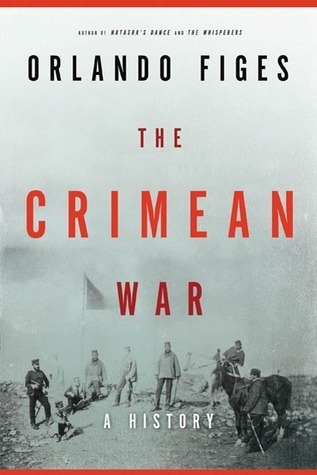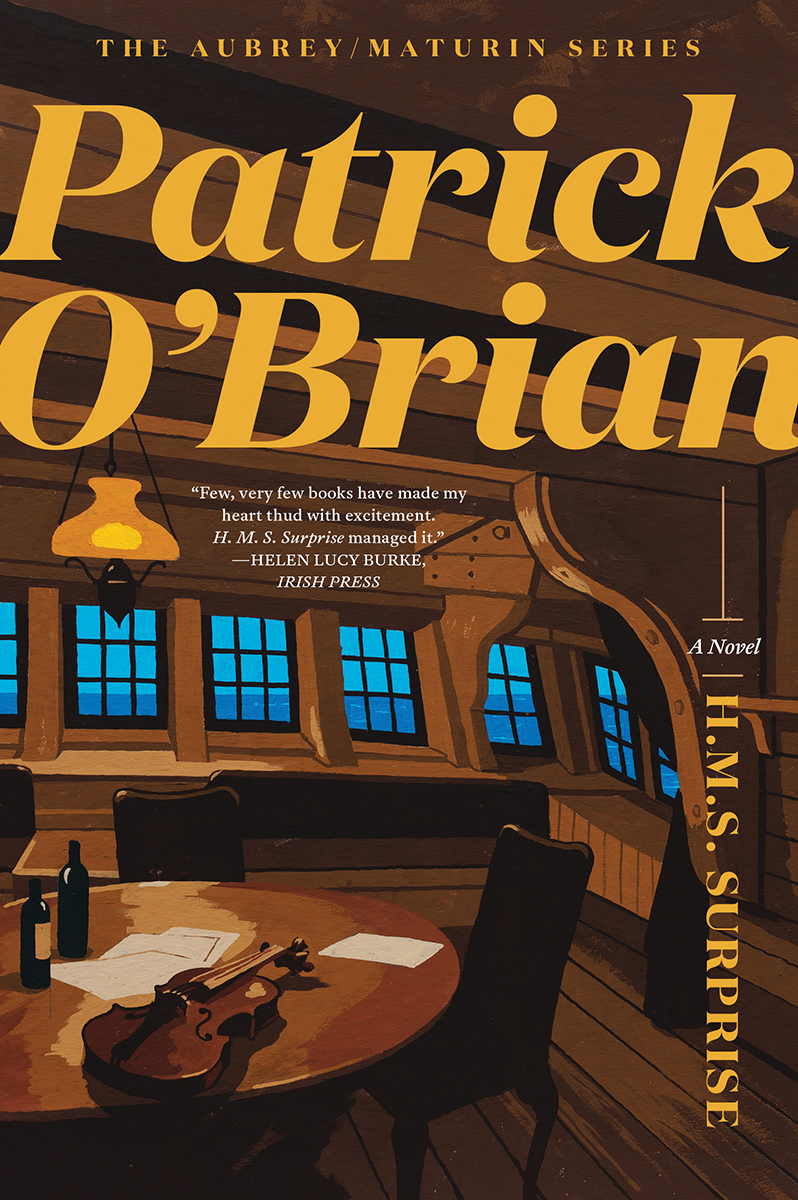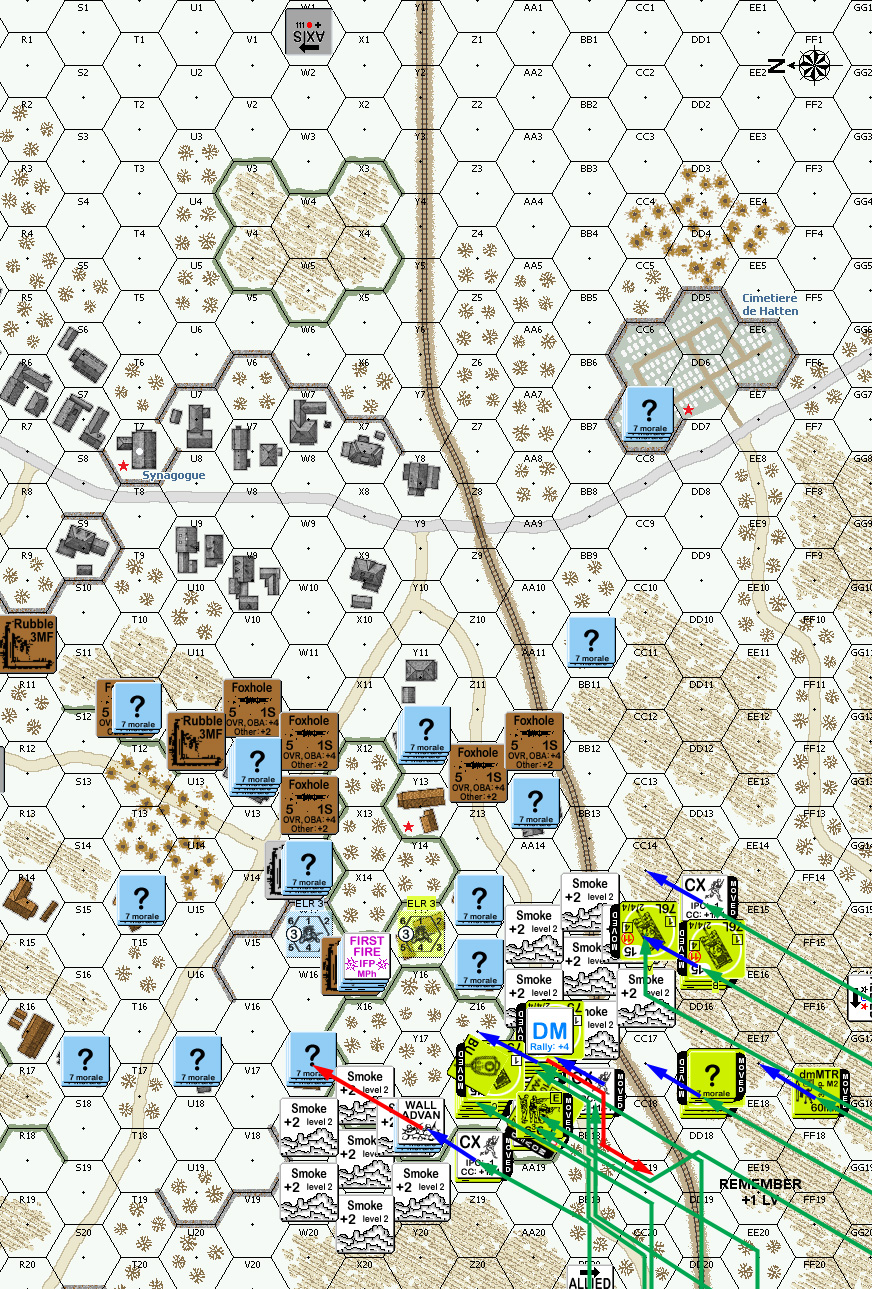 We begin in Jerusalem, where fights break out at the Church of the Holy Sepulchre over whether Orthodox or Catholic priests had priority for their rituals when both versions of the calculation of Easter fell on the same day in 1847.
We begin in Jerusalem, where fights break out at the Church of the Holy Sepulchre over whether Orthodox or Catholic priests had priority for their rituals when both versions of the calculation of Easter fell on the same day in 1847.
Figes takes us from the immediate problems to the rising tensions that caused them, to an examination of Russia’s ideas as a defender of Orthodoxy. There is also a good chapter on the history of Russophobia in the west, which, despite his efforts, is hard not to see as to some degree justified. Russia did have ambitions outside its current borders, it did have a desire to “meddle” with the internal workings of the Ottoman Empire, and did largely have the political will to act on these desires. The practical ability to do so may have been lacking. And there’s the question of whether France and Britain weren’t engaged in exactly the same types of things, and I think Figes could have spent further valuable time looking at where Russia’s concerns came from western actions, justified or not, rather than mostly the opposite.
Add to this a look inside the Nineteenth Century Ottoman Empire, the political disturbance in Europe caused by start of the French Second Empire, and lots of diplomatic maneuverings, you start wondering if there’s going to be any space for the actual war in the book. Now, this is all extremely valuable background, especially given how little of it is likely background knowledge to any reader, and extremely well presented.
The roughly two chapters that are involved with the escalation of crisis into actual war is a good reflection of the complicated, messy, process that the entire conflict would be. There was no one unified policy headed to war. It was approached slowly, in steps, as various ministers and potentates work towards largely belligerent goals. Notably, Napoleon III wants a struggle over Middle East religion for an external distraction, part of the British cabinet is in the grip of extreme Russophobia, and Czar Nicolas I is dreaming of partitioning the Ottoman Empire.
Both during the early stage, and in the actual fighting, many plans are derailed by caution on the part of various advisors. Nicolas is talked out of trying to seize Constantanople before the western powers could react (given the history of that city, I wonder if that really could be done; getting there however seems likely). The more limited offensive near the Danube is still enough to draw France and Britain in, and have Austria nervously guarding her borders.
The latter is what decides the initial campaign of the war. Fighting bogs down with the siege of Silistria, British and French troops intervene, and promptly start losing men in unsanitary camp conditions. The threat that Austria might actually intervene if this keeps up near her borders is what prompts the Russian withdrawal. Nicolas had considered himself to be close to fellow absolutist Franz Joseph, and didn’t understand the threat Austria saw in a rising tide of Slavic nationalism.
Some British figures saw a chance to dismember parts of Russia while she was opposed by the rest of Europe, but this was an impossible idea. First, Russia was not a Europe-wide threat like France had been fifty years before, and without a lot more military expenditure than anyone envisioned, getting at Russia at all was a major undertaking. Britain of course largely saw events as a naval problem, and made a few tries in the Baltic, but good fortifications, timidity, and lack of resources ensured that could go nowhere. With Ottoman Turkey as a base, and French concerns in the Near East, British naval concerns resolve around the naval base of Sevastopol. Ironically, the general military plans are adapted from plans for a war against France (with Cherbourg being the primary objective).
One thing that shows well in this book is just how far the British Army has fallen. France has been fighting in Algeria, but Britain hasn’t done much fighting in decades, and her preparations and upper officer corps are a shambles. At all stages of the war, the French are much better prepared for campaigning, and they fall short of being able to manage effective operations all too often. If anyone is less prepared than the British, it’s the Russians. Most notably, their small arms haven’t changed since the Napoleonic Wars, and they are effectively out ranged and out shot by the newer Minié ball firing muskets of the western powers.
This, and a command structure even more dysfunctional than the western allies’ allow a very convincing victory at the Alma River, when the Russians should have had decisive advantages of terrain. There is a good examination of the Russian situation after this, with a very real sense that if the French and British armies had immediately pushed into Sevastopol itself, it would have fallen with no real defense. I don’t think anyone really contends this, but there is the question of whether such an advance was possible. Figes mentions various problems the armies had right after Alma, but a bit late, and not with any real analysis. It seems likely that something could have been done, and that may have been sufficient, but it is one of the imponderables of history.
Instead, the allied armies switch bases from Kalamita Bay to the south shore of Crimea east of Sevastopol, namely Balaclava and Kamiesch, where once again the French are better prepared, and have picked a better base of operations. One thing Figes does not stress enough that the investment of Sevastopol is not complete (at least not initially), and the Russians are free to send in reinforcements and build proper defenses. It’s kind of glossed over, but seems really important to me. No numbers are given for how much was moved in and when, and it is more alluded to, probably with no solid numbers available.
As the siege gets going, we have a pair of attempts by the Russians to get at the British base of supplies, and Figes takes time to discuss the one thing he knows everyone’s heard about, the Charge of the Light Brigade, and gives a good description of where things went wrong and how. After failing in the follow up of Inkerman, things settle down into a preview of WWI, with fortified positions and artillery dominating. Eventually, the port is taken, and largely destroyed (what hadn’t been already by the siege), and slowly, a peace process starts up. (This could have happened much earlier, but the British government had felt they hadn’t done anything worth the expenditure of money and men until that point—a feeling I can empathize with from several grand strategy games.)
Figes wraps up by judging how everyone did after the war, and gives the long-term victory to Russia. He has some very good points about Russia getting a lot of what she wanted after the war, including finally putting down some long-running resistance in the Caucasus. Nationalism continued to rise and dismembered parts of the Ottoman Empire and caused Austria to lose her Italian possessions. Russia managed to side with France, breaking her isolation, and sending England back into Splendid Isolation. I think much of this would have happened with or without the war, and so Russia did not come out of it as well as Figes implies. It showed all the involved powers where some major military limitations were, and it seems to me that Britain paid the most attention to… one of the lessons of the war. It spurred change from old system of buying commissions and promotions, and helped re-professionalize the army.
We end (or nearly so) in Jerusalem, where fights break out over who has priority in the Church of the Holy Sepulchre….
If you haven’t figured it out, I have some problems where Figes doesn’t seem to go far enough down certain avenues, but it is a very good and readable history, with plenty of background that is going to be desperately needed for most readers. There is plenty of reference to various primary accounts, occasional mentions the opinions of various prominent historians, and a clear discription of everything. I could have used some more maps, but there are a number of period photographs that help illustrate important bits.



